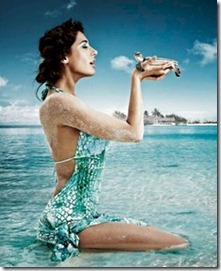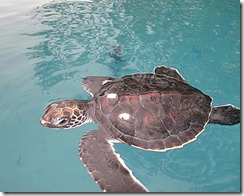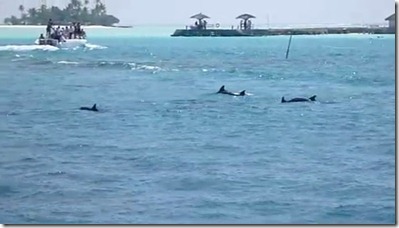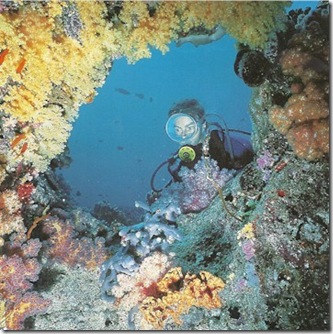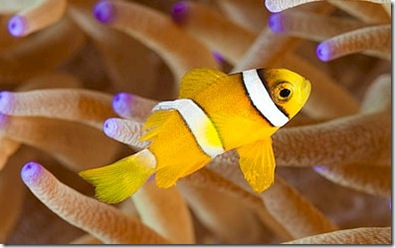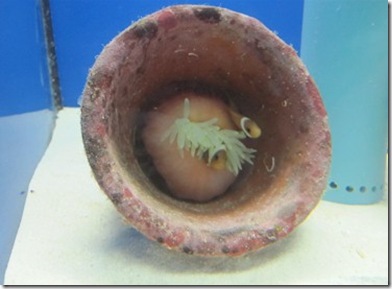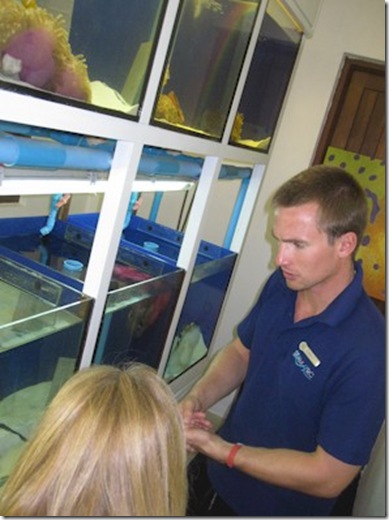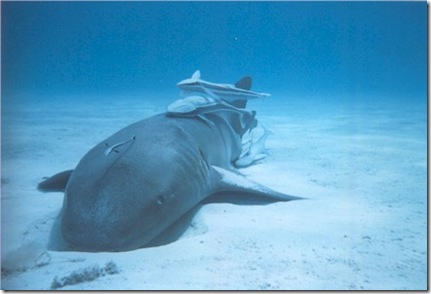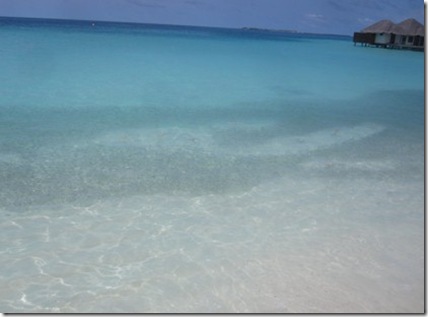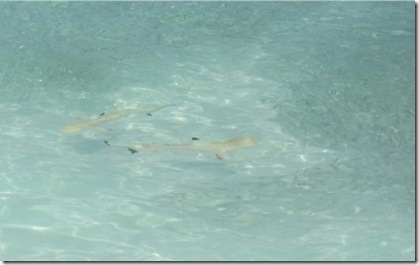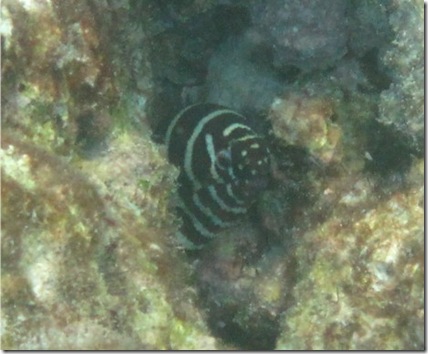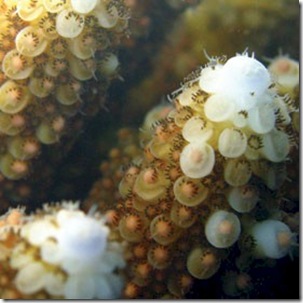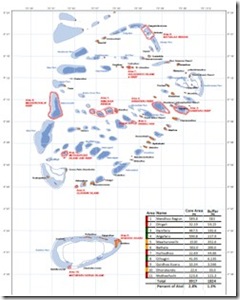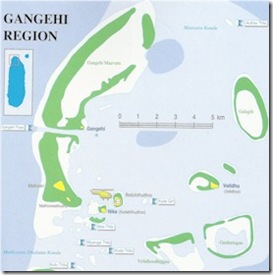A real ‘Born Free’ story in the Maldives are the turtle nurseries that a few resorts support. Our family delighted at the nursery tank that Filtheyo had and visiting it fostered our daughter Isley’s love of turtles and her adoption of them as her favourite creature to this day. But, Four Seasons Kuda Huraa have taken a page from their sister resort of Landaa Giraavaru to creative a comprehensive turtle conversation programme around their newly launched nursery and discovery center.
Kuredu may be the destination for big, monster turtles in the wild. But at the complete other end of the spectrum, Kuda Huraa is now the place to experience these charming critters up close and personal in their infancy. Taking a page from their sister resort’s (Four Seasons Landaa Giraavaru) stunning Marine Discovery Centre which focuses on Mantas and Anenome Fish, Kuda Huraa has opened a comparable centre but with a focus on turtles…
“Five of the world’s seven species of sea turtles live in the Maldives, and two of these are regularly seen. The critically endangered hawksbill turtle lives on coral reefs, while the endangered green turtle feeds on seagrass, keeping the seabed healthy and productive. The Resort’s Kuda Velaa (‘Little Turtles’) Protection Programme works with island communities across the Maldives to increase awareness of turtle conservation and protect nests from poachers. The project also gives endangered green turtles a head start in life by rearing a select number of hatchlings from protected nests for up to 15 months to improve their chance of survival in the wild. For the first nine months they are kept in land-based pools before they are relocated to larger enclosures in the lagoon where they will start to forage for themselves on sea grasses, adapting them to the wild. Guests can attend daily turtle feeding sessions to learn more about Kuda Huraa’s most delicate little residents.”
Not just kids are enthralled by these terrapin tolders. In fact, this month’s Harper Bazaar features international model and actress Nargis Fakhri posing with them (see photo above) in her shoot there…
“’It’s awe-inspiring; I feel like I’m in the middle of nowhere,’ she says. Her favourite part of the Four Seasons Maldives at Kuda Huraa is the children’s activities section. She’s also thrilled about shooting with turtles, something that the Bazaar team has captured in this shoot.”

